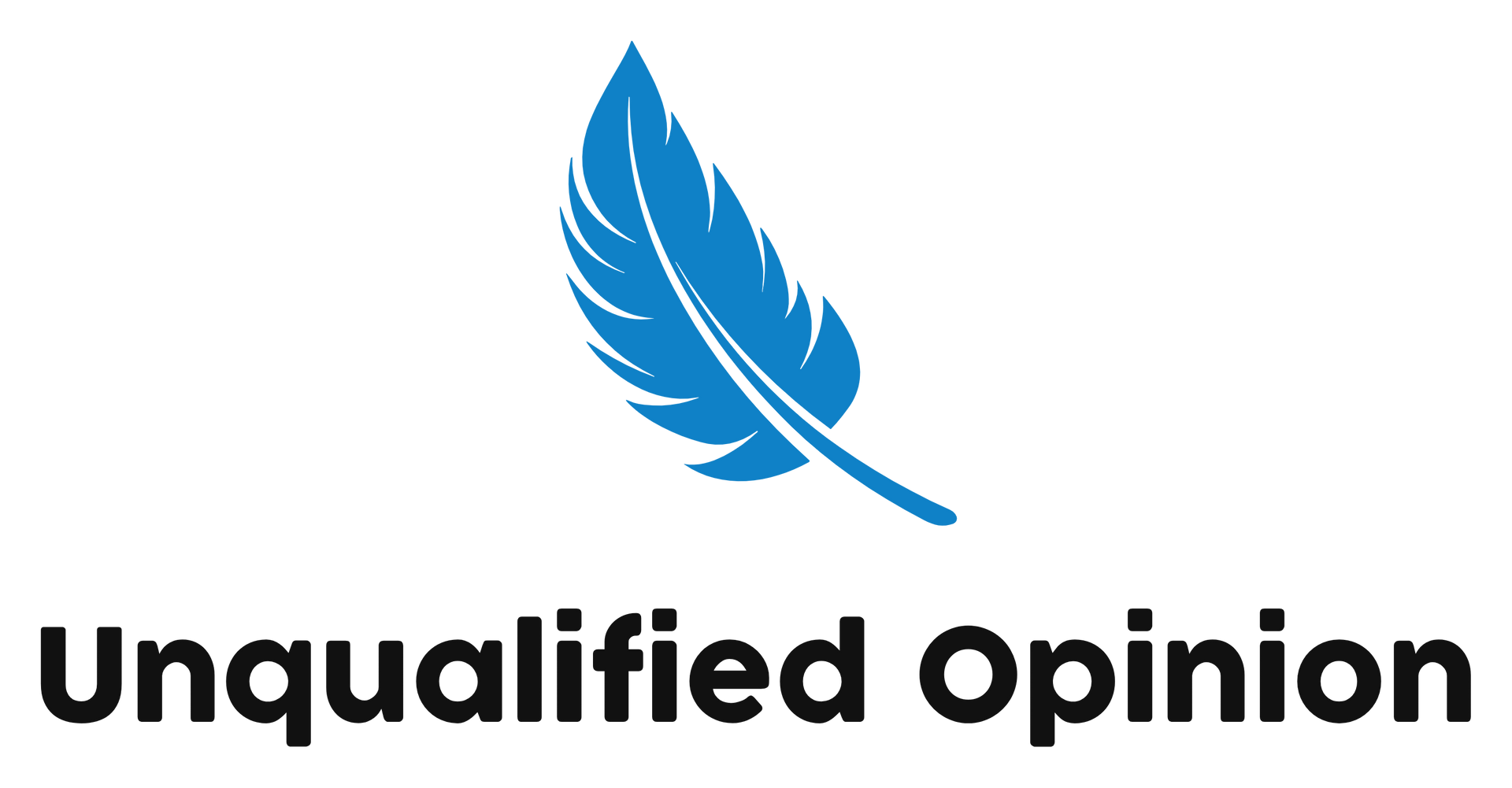(5 min) CBT vs. DBT: What’s the Difference, and Which One Is Right for You?

So, you’re standing at the intersection of emotional overload and “please help me fix my brain,” and someone says, “Have you tried CBT?” Then someone else chimes in, “Oh no, DBT is way better.” Cue the inner confusion spiral.
If you’ve ever wondered what the actual difference is between Cognitive Behavioral Therapy (CBT) and Dialectical Behavior Therapy (DBT)—and more importantly, which one is better for your brain... this post is your mental health decoder ring. (Especially if you're neurodivergent and tired of trying approaches that feel like square pegs in round brain holes).
Let’s unpack the what, the why, the brain science, and the “which one works for me” of CBT and DBT.
First, What Even Is CBT?
.
Cognitive Behavioral Therapy (CBT) is one of the most widely researched and practiced forms of talk therapy in the world. It’s based on a simple but powerful concept: your thoughts, feelings, and behaviors are interconnected. Change one, and the others will shift.
CBT focuses on identifying unhelpful or distorted thoughts (hello, catastrophizing), challenging those thoughts with evidence (yes, like a lawyer for your own brain), and practicing new behaviors that reinforce more helpful thinking patterns.
CBT says: “If I can change the way I think about this situation, I can change how I feel about it—and what I do next.”
It’s short-term, skills-based, and highly structured. Think worksheets, thought logs, and goal-setting.
It’s often used for:
- Anxiety disorders (social anxiety, panic disorder, phobias)
- Depression
- OCD
- PTSD
- Eating disorders
- Insomnia
- Chronic pain
- And more
.
So Then, What Is DBT?
Dialectical Behavior Therapy (DBT) is a spinoff of CBT, originally created by psychologist Marsha Linehan for people with Borderline Personality Disorder (BPD); specifically those who struggled with suicidal ideation, self-harm, and emotional dysregulation. But DBT is not just for people with BPD anymore.
DBT keeps CBT’s core idea (your thoughts, feelings, and behaviors are related), but adds in something major: validation and emotional regulation.
DBT is built on two key ideas:
- Acceptance – validating your feelings without trying to change or fix them immediately
- Change – learning new coping skills to manage distress, regulate emotions, and interact more effectively with others
In other words, DBT is like CBT with a nervous system regulation toolbox and a whole lot more compassion.
DBT usually includes:
- Individual therapy
- Skills group (where you learn DBT-specific strategies)
- Phone coaching (to help in the moment)
- Therapist consultation teams (to keep therapists regulated too)
The four key DBT skill modules are:
- Mindfulness (hello, present moment awareness)
- Distress Tolerance (how to survive emotional pain without making it worse)
- Emotion Regulation (understanding and managing big feelings)
- Interpersonal Effectiveness (communication skills without spiraling)
.
The Neuroscience Behind Each
.
CBT and the Brain
CBT taps into your brain’s prefrontal cortex; the logic-and-reason part that analyzes thoughts and makes decisions. It strengthens your ability to notice unhelpful thoughts and reframe them before they spiral.
Studies using fMRI scans show that CBT can increase activation in the prefrontal cortex while calming down the amygdala, the brain’s fear center. In essence, CBT trains your brain to think its way out of emotional quicksand.
CBT works best when your executive function skills are fairly intact... meaning you can reflect on your own thinking, apply logic, and follow multi-step processes. Which brings us to…
DBT and the Brain
DBT works on a wider brain circuit. Yes, it also engages the prefrontal cortex, but it’s especially focused on emotion regulation centers like the amygdala, insula, and anterior cingulate cortex. DBT teaches your brain to tolerate distress without reacting impulsively or shutting down.
Mindfulness and distress tolerance skills in DBT help calm the sympathetic nervous system (the fight/flight/freeze response), activating the parasympathetic nervous system (rest/digest/restore). It’s nervous system rehab for emotionally intense brains.
In short, while CBT sharpens your thinking, DBT trains your whole body-brain system to stay calm under pressure.
So When Should You Use CBT?
.
CBT might be right for you if:
- You struggle with repetitive negative thinking, like intrusive thoughts or spirals
- You’re dealing with mild to moderate anxiety or depression
- You enjoy structure, logic, and clear goals
- You’re a fan of journaling, worksheets, or practical tools
- You tend to overthink rather than over-feel
- You’re neurodivergent and your executive functioning is decently reliable
CBT can be challenging for some neurodivergent folks (ADHD, autism, etc.) if the therapy is too abstract, overly cognitive, or rigidly structured. But a neurodivergent-informed therapist can adapt it beautifully... think visuals, real-world examples, shorter sessions, or somatic integration.
And When Is DBT the Better Fit?
DBT might be your therapy soulmate if:
- You have big, fast, intense emotions that seem to hijack your day
- You struggle with emotional impulsivity, meltdowns, or shutdowns
- You’ve experienced trauma or are living with CPTSD or BPD
- You feel things deeply and don’t always know what to do with that intensity
- Relationships feel like minefields—or you tend to people-please, ghost, or explode
- You’re neurodivergent and experience emotional dysregulation, rejection sensitivity, or sensory overload
Many people with ADHD, autism, and RSD (Rejection Sensitive Dysphoria) find DBT skills life-changing. The emphasis on mindfulness, boundaries, and tolerating distress can be game-changing when your nervous system is always in a state of “code red.”
Neurodivergence: Which Therapy Plays Better With Your Brain?
Both CBT and DBT can be adapted if your therapist gets it. Both therapies can be life-changing—but the key is fit. A therapist who understands your brain is more important than the model they use. And in some cases? You can combine both!
I have created a CBT vs. DBT checklist if you want to do a line-by-line comparison. Members have access on the freebies page. Non-members can download it for free here.
RECAP: You Deserve Brain-Aligned Care
CBT is great if your inner monologue needs a logic upgrade.
DBT is magic if your nervous system is screaming for emotional regulation and nervous system repair.
Whether you’re navigating daily anxiety spirals or drowning in emotional overwhelm, the therapy that works best is the one that meets you where you are and doesn’t ask you to be more “normal” before healing begins.


